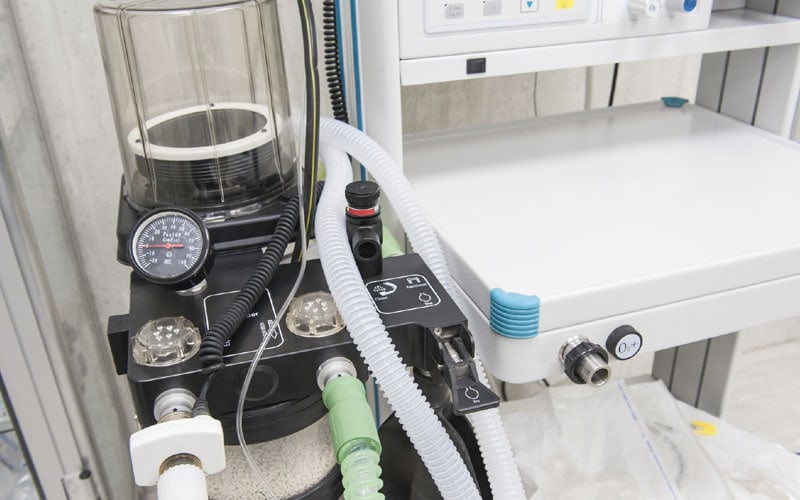
When COVID-19 hit the world in 2020, one of the key symptoms we learned to recognize was shortness of breath. Regardless of your vaccination status, if you get ill with the coronavirus, this can be a troublesome symptom that can land you in the hospital.
You’ve probably heard of terms for machines that can help. But did you know that respirators and ventilators aren’t synonymous with one another? They’re actually 2 different pieces of equipment!
Read on to find out everything you need to know about a respirator vs ventilator.
What Is a Respirator?
Many would be surprised to learn that a respirator isn’t used in a hospital setting, at least not the way they think!
A respirator is any device worn to protect you from breathing in harmful materials, whether that’s chemicals, dust, or bacteria. This means in most (if not all) cases, healthy people wear respirators.
What Is a Ventilator?
A ventilator is what springs to mind when you envision someone in the hospital with a serious case of coronavirus. This is a device that provides assistance for breathing when simply pumping oxygen into their body won’t suffice.
To use a ventilator, a patient needs a breathing tube. The placement of this tube can be uncomfortable or painful, so usually, the patient would receive some sort of anesthesia.
Respirator vs Ventilator: The Similarities
Both respirators and ventilators allow a person to breathe more easily. However, this is where the similarities end.
Respirator vs Ventilator: The Differences
As you can see, there are very few similarities between respirators and ventilators. In essence, you’d use respirators as a prevention method, while you’d use ventilators as a treatment.
You can wear respirators without any invasive procedures, as they’re usually a type of mask. On the other hand, ventilators are more invasive since a tube needs to be placed down a patient’s throat.
People who wear respirators can breathe on their own. But those on ventilators need the machine to stay alive and can’t breathe autonomously.
Because respirators are just fancy masks, they’re typically not complicated and don’t require power, which makes them cheaper to purchase. But respiratory ventilation systems can be intricate pieces of technology that need to be plugged in. Expect ventilators to be much more expensive to buy.
Generally speaking, healthcare workers wear respirators, whereas patients wear ventilators. Respirators are also worn for short periods of time, while ventilators can be worn for several weeks at a time.
Know the Differences Between a Respirator and Ventilator
Since the pandemic started, people have been using the terms “respirator” and “ventilator” interchangeably. But as you can see from this article, for respirator vs ventilator, they’re 2 completely different things.
The next time you want to talk about a patient needing breathing assistance in the hospital, you’ll know that the correct term is “ventilator”!
Keep browsing our blog page to read more about health issues.







